It’s another landmark moment for champions of conservation and B.C.’s northern spotted owl.
A month after Justice Yvan Roy ruled that Environment Minister Stephen Guilbeault broke the law, the federal government released an updated version of their spotted owl’s recovery strategy plan that identifies the species’ critical habitat for the first time.
Specifically, the new plan identifies that over 400,000 hectares of land in B.C. is critical habitat for the spotted owl. This includes two watersheds within Spuzzum Nation territory along the lower Fraser Canyon, near Hope and Boston Bar.
“Our ancestors taught us the spotted owl is our messenger between this world and the spirit world and how they speak to us, and this new recovery strategy gives them chance at survival,” said Spuzzum First Nation Chief James Hobart. “It’s regrettable how much time has passed in this process and how many owls were lost.
“I call upon our ancestors for their forgiveness and support as we find the tools to restore and permanently protect what’s left of the sacred homeland of our Skalula (spotted owl).”
READ MORE: Canada’s largest marine protected area confirmed off the B.C. Coast
The update comes after the federal court ruled on June 7 that Guilbeault broke federal law when he waited eight months before recommending an emergency order for the spotted owl; Roy agreed with the environmental organization the Wilderness Committee — which, while represented by Ecojustice, took Guilbeault to court — that the delay violated the federal Species at Risk Act.
Roy also agreed that the delay was unreasonable as Guilbeault had already “determined the spotted owl faced imminent threats to its recovery primarily due to logging” throughout the Fraser Canyon. This is because the logging poses a threat to the bird’s wild population recovery (the Fraser Canyon is the main, critical, habitat for B.C.’s wild spotted owl population), which Guilbeault acknowledged.
READ MORE: After 150 years, sea otters return to Haida Gwaii
In 2023, the federal government consulted the public and First Nation communities on a revised draft “that removed almost half of the critical habitat needed for owl recovery.” This draft “sparked a wave of criticism and submissions” and both Wilderness Committee and Spuzzum First Nation said the federal government needs to return to a previous draft strategy, from 2021, that “contained scientifically sound mapping and owl-survival strategies.”
According to the Species at Risk Act (SARA), the minister must publish a document that officially identifies a species’ critical habitat. Despite being recognized as endangered by the Act since 2003 — and despite the minister determining in January 2023 that the 2,500 hectares of spotted owl habitat was at risk of being logged within the year — the spotted owl’s habitat wasn’t officially recognized until this month.
READ MORE: Traditional canoe, carved with traditional methods, emerges from Vancouver Island forest
“This is a significant step in the right direction to recovering the imperilled spotted owl,” said Ecojustice lawyer Kegan Pepper-Smith. “We applaud Minister Guilbeault for reinstituting what appears to be a science-based and SARA-compliant critical habitat identification for the species.”
According to Ecojustice’s July 11 press release, Spuzzum First Nation, Union of Indian BC Indian Chiefs, and First Nations Leadership Council have all been calling for the protection of the spotted owl and its habitat. Currently there are three spotted owls, two males and one female, in the Fraser Canyon. The female was born in the wild. Meanwhile the males, named ‘sítist’ (te-syst) and ‘wíkcn’ (week-chin), were released on July 25 into the protected habitat in the Fraser Canyon.
While news of the critical habitat identification is being welcomed by all groups, both Ecojustice and WC stress that “immediate on-the-ground action is required.” They also said that waiting another five years is unacceptable and all logging must end immediately in the owl’s habitat while recovery plans are further developed.
“The message in this strategy is clear as day — we need all logging in spotted owl critical habitat to cease immediately,” said Wilderness Committee Protected Areas Campaigner Joe Foy. “Far too much time has been wasted already and now every precious piece of remaining critical habitat must be protected.”
Plan your adventures throughout the West Coast at westcoasttraveller.com and follow us on Facebook and Instagram @thewestcoasttraveller. And for the top West Coast Travel stories of the week delivered right to your inbox, sign up for our weekly Armchair Traveller newsletter!

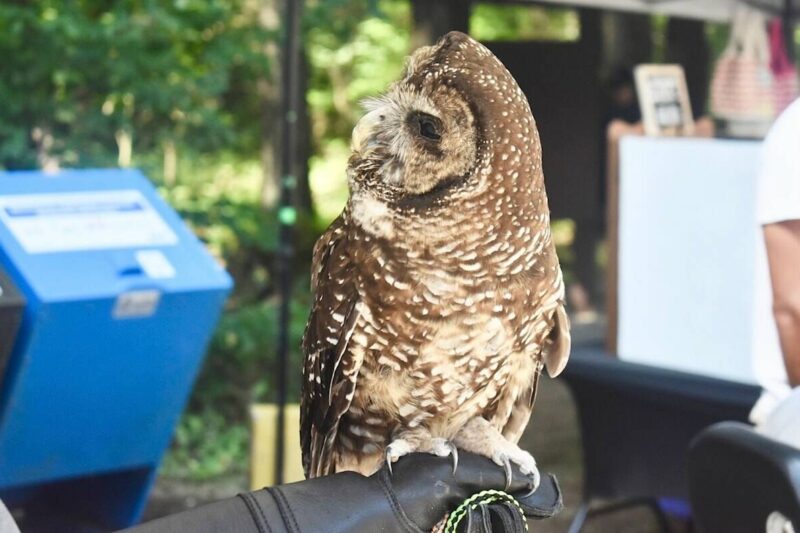
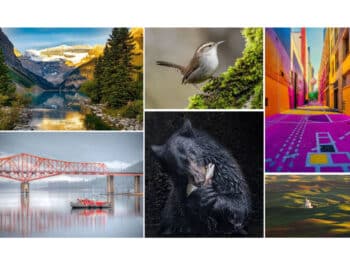
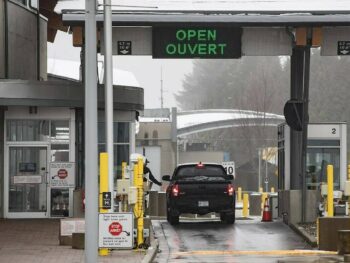




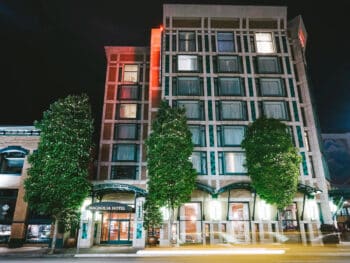
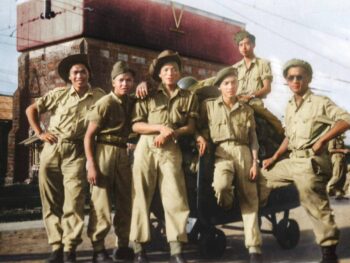
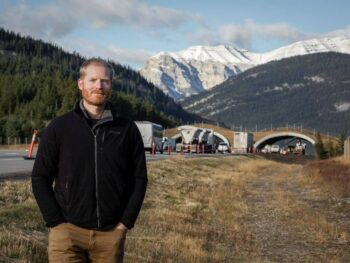
 Canadian dogs can skip onerous red tape to cross over U.S. border
Canadian dogs can skip onerous red tape to cross over U.S. border